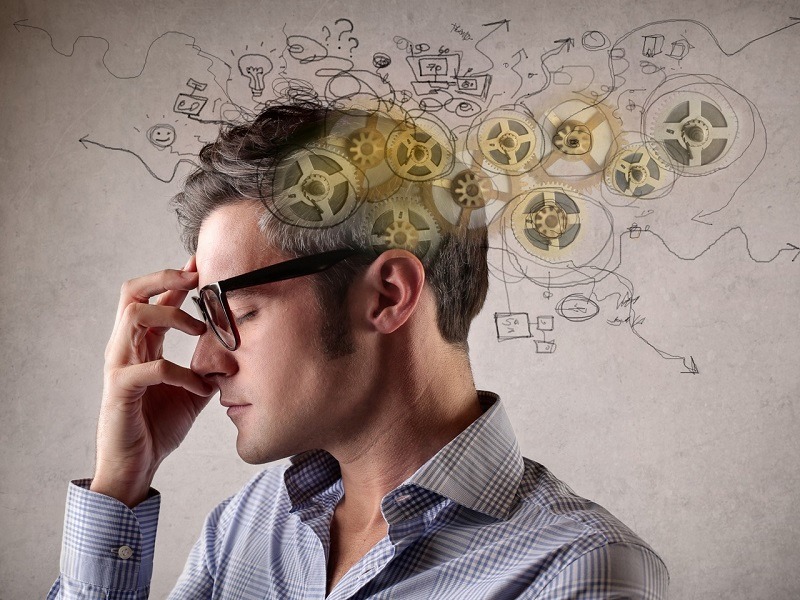Researchers from Singapore’s Nanyang Technological University (NTU) have uncovered new evidence on how chemicals released by cells in the brain regulate our focus and attention span. The NTU finding could lead to new therapies to treat neurological conditions associated with concentration difficulties, such as depression and attention-deficit hyperactivity disorder (ADHD).
Neurons or nerve cells are the fundamental units of the brain and nervous system. To communicate with each other neurons in the brain and nervous system release chemicals called neurotransmitters that relay messages from one cell to another. Neurotransmitters are crucial for brain function and for regulating all our bodily functions, ranging from breathing and heart rate to reproduction.
These chemicals also coordinate cognitive processes, or conscious intellectual activities such as thinking, reasoning and remembering. It also enables us to focus on important information and weed out the constant barrage of stimuli the brain receives from the external environment, helping with our attention span.
Researchers had for long considered attention span to be directed by only one neurotransmitter, acetylcholine, which excites neurons and causes them to fire electrical signals. However, recent work suggests that attention span could require another neurotransmitter, gamma-aminobutyric acid (GABA), which inhibits neurons from receiving and sending messages.
Through their study the NTU team demonstrated for the first time that GABA works together with acetylcholine in a precise sequence to regulate the transmission of signals from a part of the brain’s information processing network, called the claustrum — a thin sheet-like structure that receives and processes information from different parts of the brain. The claustrum helps to regulate concentration, but its exact role remains unknown.
In lab experiments, the NTU scientists investigated how neurons in the claustrum in mice respond to acetylcholine and GABA produced by a part of the brain called the forebrain, which plays a central role in several brain functions. Using advanced optogenetics technology the researchers were able to use light to selectively control the activity of specific neurons within the forebrain and thereby measure the response of the claustrum to such a stimulus.
They discovered that two types of neurons in the claustrum, which send output signals to different parts of the brain, respond in opposing ways to acetylcholine and GABA. Neurons that extend to structures deep in the brain were excited by acetylcholine while neurons that extend to structures on the surface of the brain were inhibited by GABA.
Through this coordinated sequence of opposing actions, the two neurotransmitters toggle the transfer of information between the claustrum and the rest of the brain, like a switch, which permits the brain to differentiate important information from noise, helping a person pay attention.
By understanding how acetylcholine and GABA work together to direct our attention, new and more effective therapies may be developed in the future to improve the attention span of patients with conditions such as ADHD and depression. It will also be important to determine whether the switch mechanism applies to other brain processes, such as arousal and learning.
Copyright: Project Syndicate
www.project-syndicate.org

